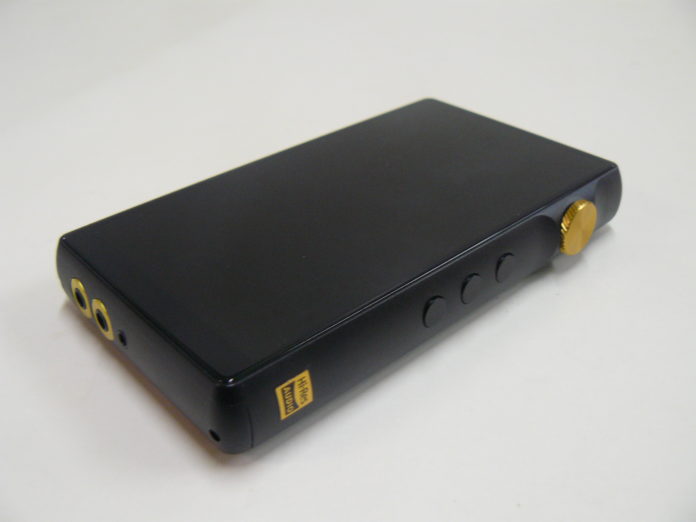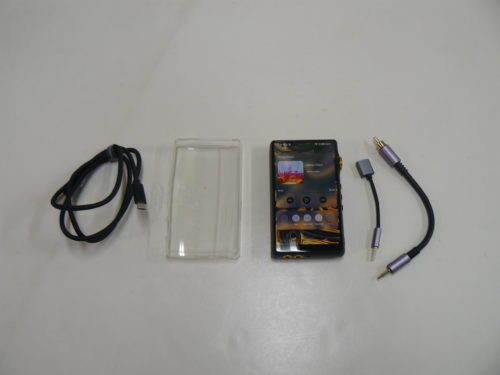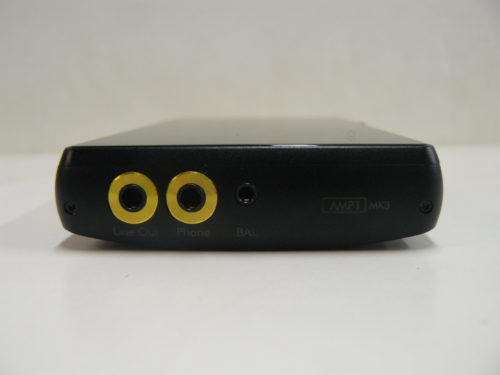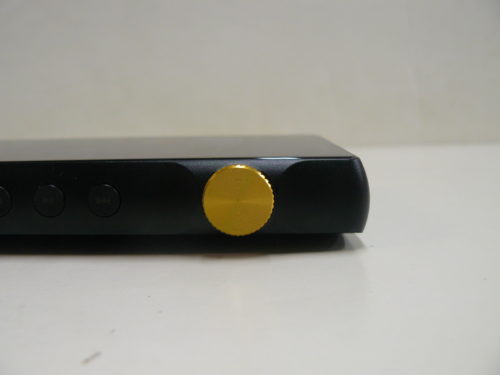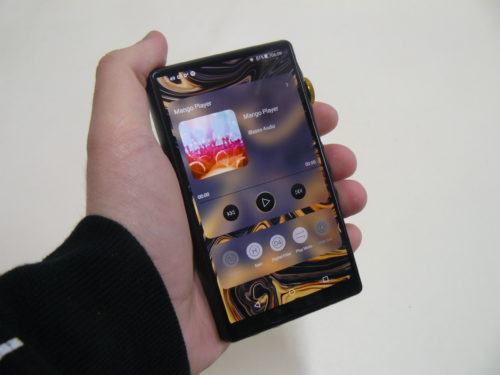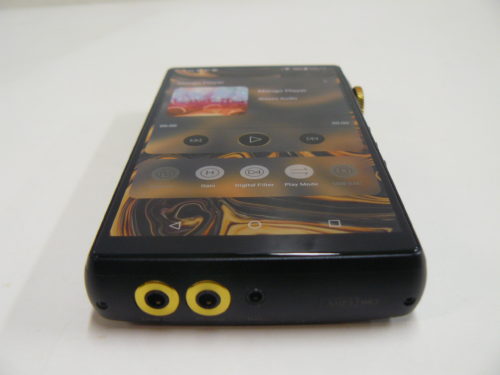It was only a year ago when iBasso released their flagship DX300 digital audio player. This player helped modernize the rather niche world of portable DAPs, establishing a new design to their series that resembles that of the latest smartphones. These are basically audio playback machines disguised as Android phones, to the point that it’s becoming harder to differentiate between the two. However, the price can still get in the way of those similarities, because as Android phones are getting more economical, most DAPs still operate in the thousand dollar range. The new DX240 looks to compete with that notion, building a DAP with a comparable appearance to the DX300, but only just pushing the price at $949. Let’s see how the DX240 compares to its flagship predecessor.
What You Get
- iBasso DX240
- AMP1 MK3 amp card
- Amp module plates
- USB-C cable
- coaxial adapter
- quick-start manual
- Silicon case
Build
IBasso excels at designing good-looking devices that feel great to hold. and the DX240 is no different. Although size and slimness have been somewhat reduced, the DX240 still feels natural due to its curved back and rounded structure. The bezel of the screen feels like the perfect size, just teetering to the edge to fill out a good amount of surface area. Then there’s the volume wheel, which is simple and easy to use, offering a satisfying clicky feeling when turning the volume up and down.
Getting to the ins and outs you have two options for headphone jacks, a standard 3.5mm port, and a 2.5mm balanced connector. You also get another 3.5mm port for line-out connections as well. I would have liked to see a 4.4mm connector, but just 2.5mm balanced is perfectly acceptable as well. The left side of the device is pretty bare aside from a slot to use a Micro SD card. The top is also surprisingly plain aside from a SPDIF port and a USB-C charging connector.
Design
One of the standout characteristics of the DX240’s interior design is the addition of its Sabre ES9038 Pro DAC chipset. This decoding chip offers 32-bit PCM and native DSD support. There are a total of four cores per channel for even more potential, as well, as virtually zero interference and noise. Crystal oscillators help maintain a steady signal with little to no jitter and a much stronger resolution. With this build, the DX240 is able to fully decode MQA adding to its powerhouse of abilities. Speaking of power, the DX240 uses swappable amp modules, from its already installed AMP1 MKIII, all the way to the AMP8, adding to the versatility of this system.
User Interface
Using the latest Android 9, and iBasso’s Mango OS, the DX240 is powered by a Qualcomm Snapdragon 660 CPU with 4GB of RAM. Going through the interface myself, it’s safe to say that it is incredibly smooth and user-friendly. All of its important features are displayed beautifully on this 1080p HD screen, leaving nothing significant hiding in unnecessary menus. If you’re familiar with Android, then getting around the DX240 should be a walk in the park, but even for a novice, it only takes a few swipes to start getting the hang of it.
Through most of my listening experience, I used the Mango player, which scanned my SD card quickly. I was able to access my lossless tracks no problem, but if you’re more into streaming, then you can find the APKPure app sitting right on the homepage. Here I was able to download Spotify and Apple Music no problem, with Amazon Music and Qobuz also being viable options as well. I also mainly listened through the high-gain mode that you can access by pulling down on the screen.
Sound Quality
With any iBasso DAP, you can expect a mostly neutral sound signature, with a significant amount of enhanced fidelity that becomes immediately noticeable from your first listen. This is due to the excellent Sabre ES9038 Pro, which gives the DX240 a certain amount of drive that persists throughout every range of frequency. Texture and coloration consistently reproduced the sound in a unique way that kept me engaged with the DAP throughout hours of listening.
Whether I was using an SD card full of lossless tracks or just Spotify Premium, the sound signature of the DX240 could be felt throughout. I was especially drawn in when switching over to the 2.5mm balanced headphone jack, as the music became noticeably more expansive and revealing.
Using the DX240, I listened to the Kinera Nanna with a balanced 2.5mm connection and the level of crispness on display was intensely gratifying. Switching back over to the AIAIAI TMA-2, I felt that the space between the layers operated is an even airier space than those headphones present regularly. The height of the soundstage was even more noticeable too, establishing a fuller spatial image for heightened immersion.
To get into the specific elements of the timbre, one of the smoothest and most textured characteristics of the DX240 is the consistency of its low-end. There’s a level of added depth here that does a fantastic job showcasing more positional elements of the bass, and an overall roomier feel that improves clarity. It’s also helped by the tonality which holds a significant grip on the mid-bass, accentuating more natural qualities. I was enthralled by the engulfing coloration of the bass in every way
The highlight of the midrange response here is its ability to feature spaciousness and finesse. This is due to the enhanced level of dynamic range that effortlessly propagates through the frequency response, displaying analytical details in an articulate way. Pairing the DX240 with a good open-back headphone like the HiFiMan Sundara turned out to be the most ideal coupling, as the expressiveness in the detail, mixed with the realism of clarity presented an unmistakable level of fidelity that made the headphones brimming with tonal richness. Listening to a track like “Nothing From Nothing” by Billy Preston mixed the passionate vocals and sweet piano keys with transparency and articulation.
Finally, there’s the high-end which feature a good amount of spark and tightness that keeps the timbre lively without developing any piercing frequencies or brightness. The DX240 presents an even level of tone and detail throughout its resonance, keeping the treble interesting the more it expands. It strikes a good balance that anyone should be able to enjoy.
Summary
My experience with the DX240 was wonderful, from its smooth interface to its superb sound signature. I don’t know if you’ll be able to find a better DAP for less than a thousand that matches the DX240’s level of resolution and texture. There are really no setbacks to this device whatsoever, as it’s extremely user-friendly, and goes beyond some of the more niche elements of some audio players.
| Pros | Cons |
|
|
The iBasso DX240 is available at Audio46.
MAJORHIFI may receive commissions from retail offers.


